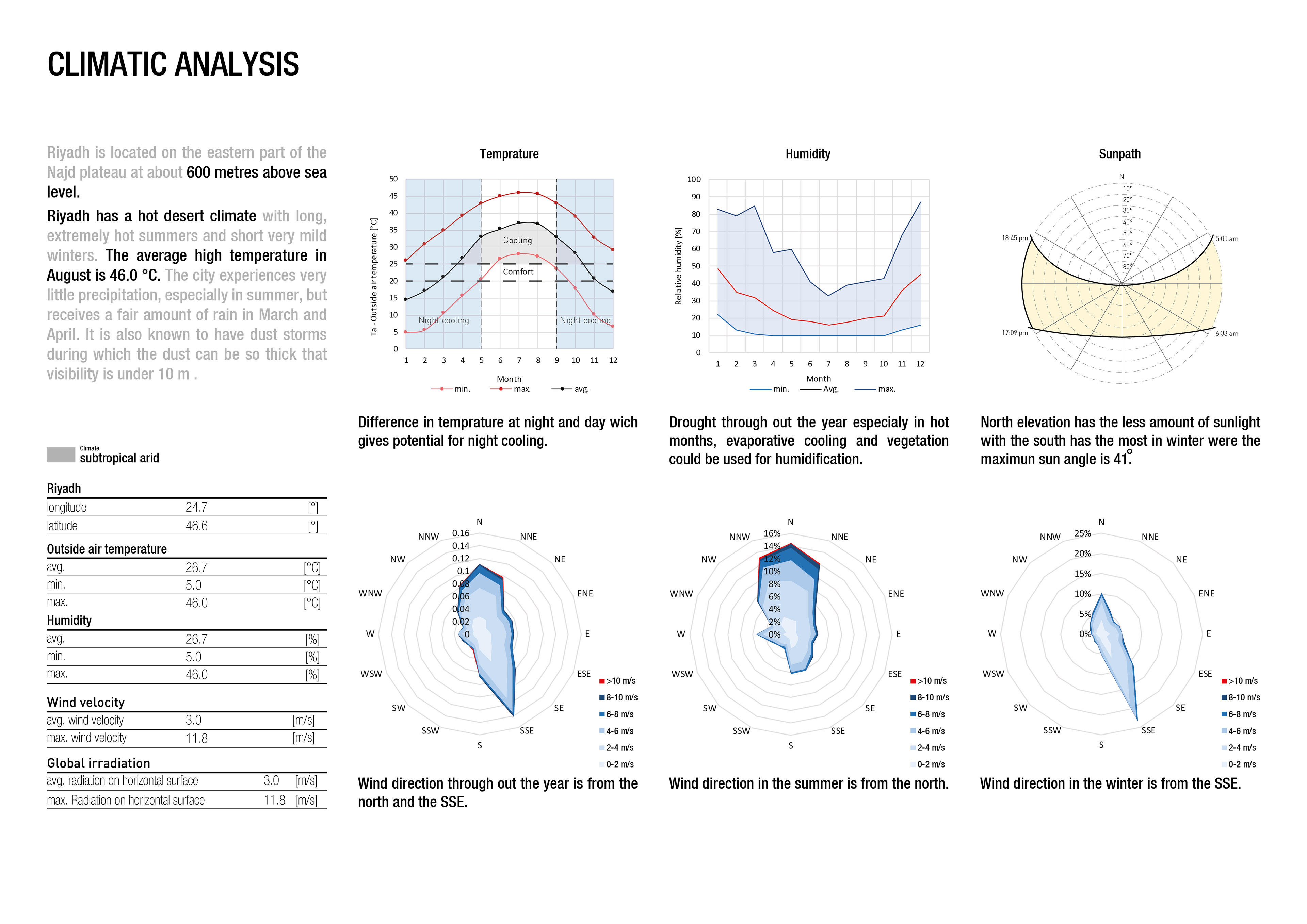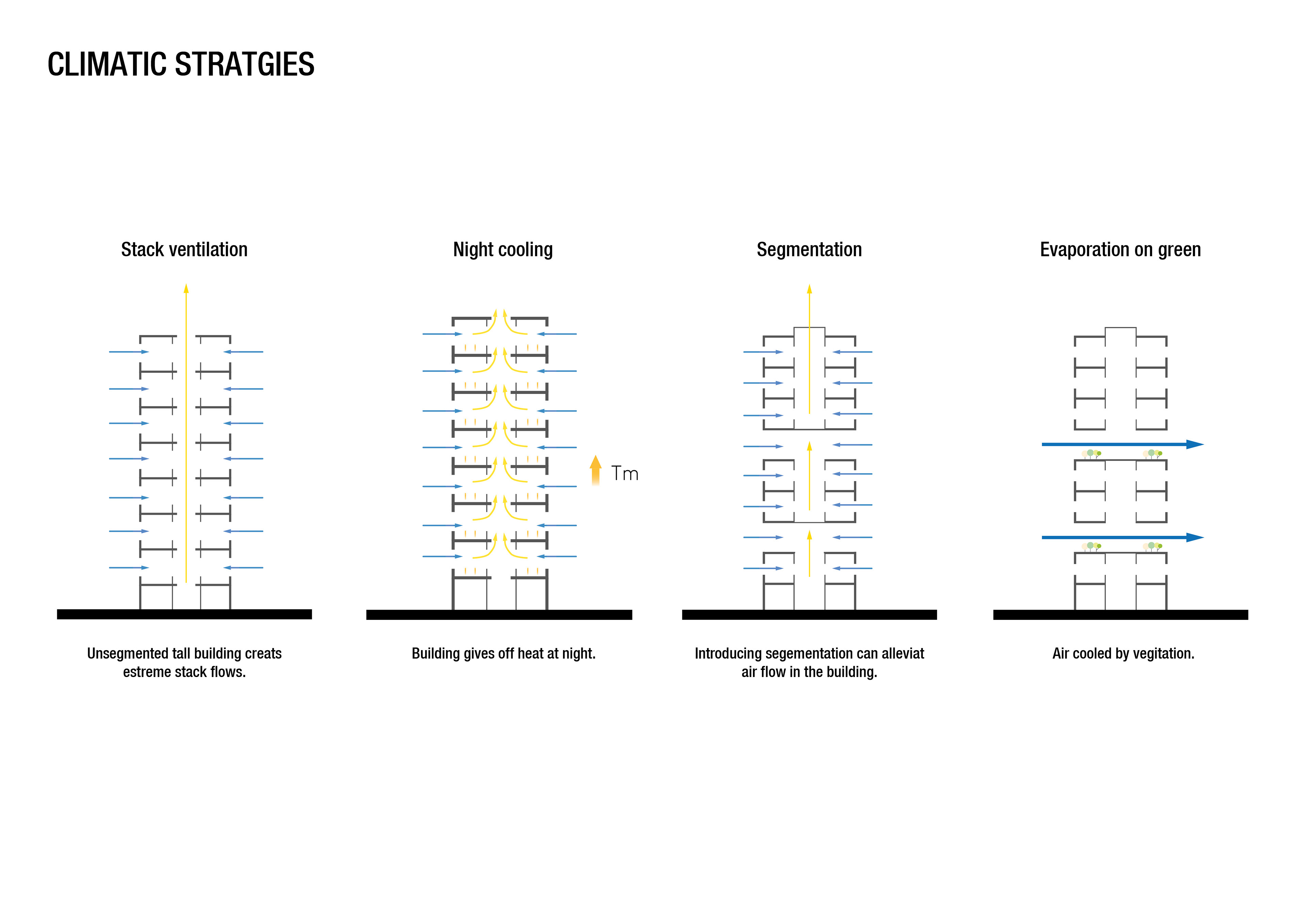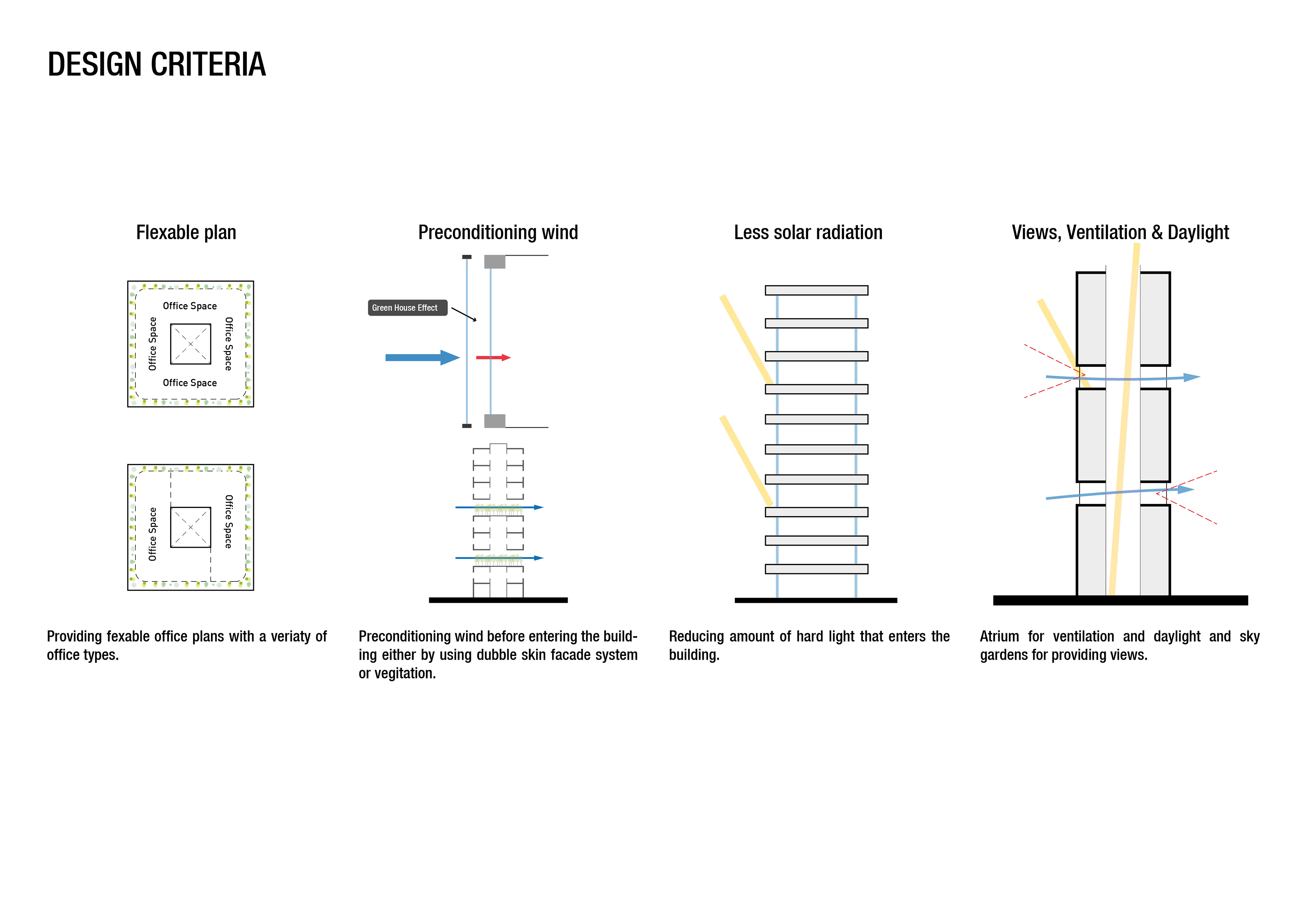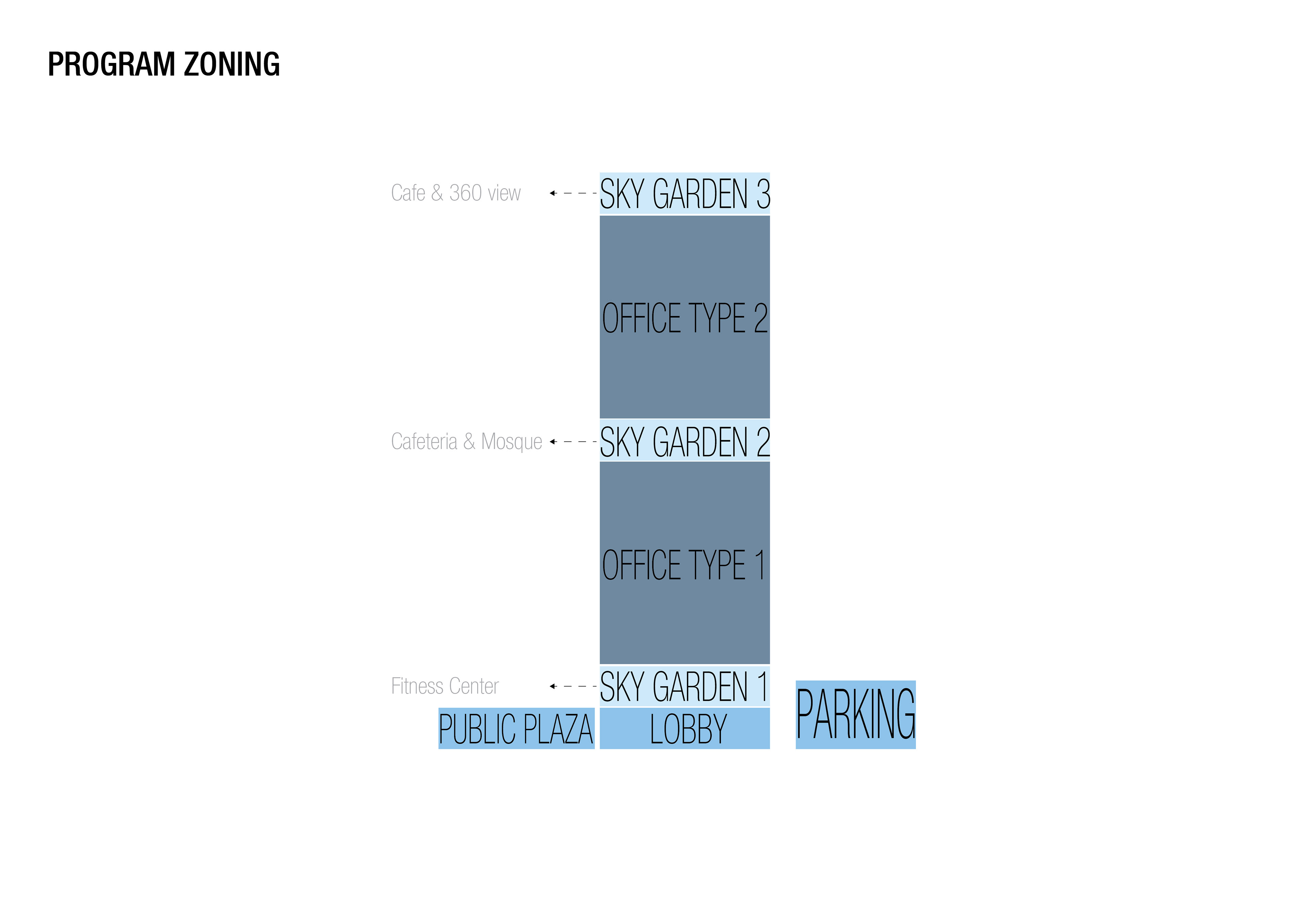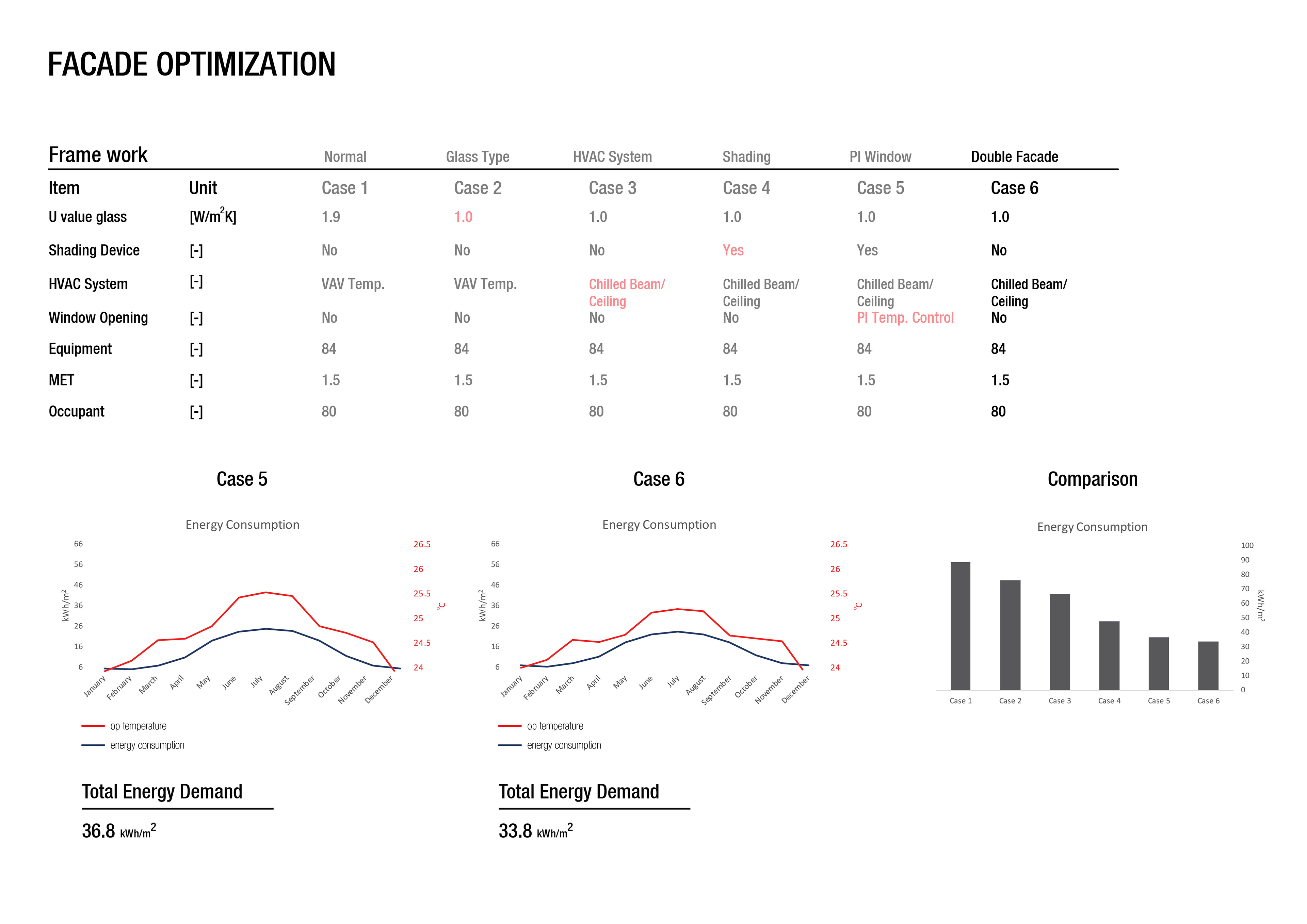Brief: Worldwide energy demand has increased extraordinarily since the industrial revolution, particularly after the realization of the exploitative benefits of electricity. The resources and emissions implications of the rapidly expanding use of energy have been ignored for three quarters of a century.
The oil crisis of the 1970s served to heighten concerns over the long-term viability of reliance on fossil-based fuels for energy, but this was more through concern for price and security of supply than for any wish to conserve the environment. Today buildings worldwide account for up to 40% of total end-use energy, Building heating and cooling are the most energy-intensive activities, followed by electricity use for lighting and appliances.
The oil crisis of the 1970s served to heighten concerns over the long-term viability of reliance on fossil-based fuels for energy, but this was more through concern for price and security of supply than for any wish to conserve the environment. Today buildings worldwide account for up to 40% of total end-use energy, Building heating and cooling are the most energy-intensive activities, followed by electricity use for lighting and appliances.
Concept: The project is an energy efficient high-rise office building. The inner atrium was used for stack ventilation and night cooling, and the building segmentation with internal hanging gardens was used to supply the atrium with air. The main movement areas and services were separated and divided into 4 small areas around the atrium to act as a structural element with the external structure of the building to release the plan from the columns to create more flexibility in the plans.
